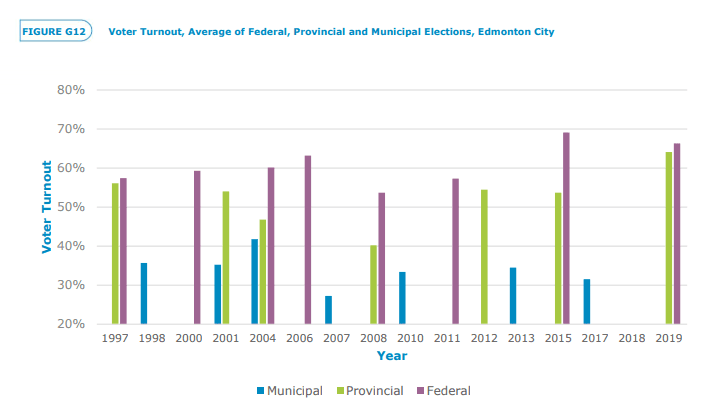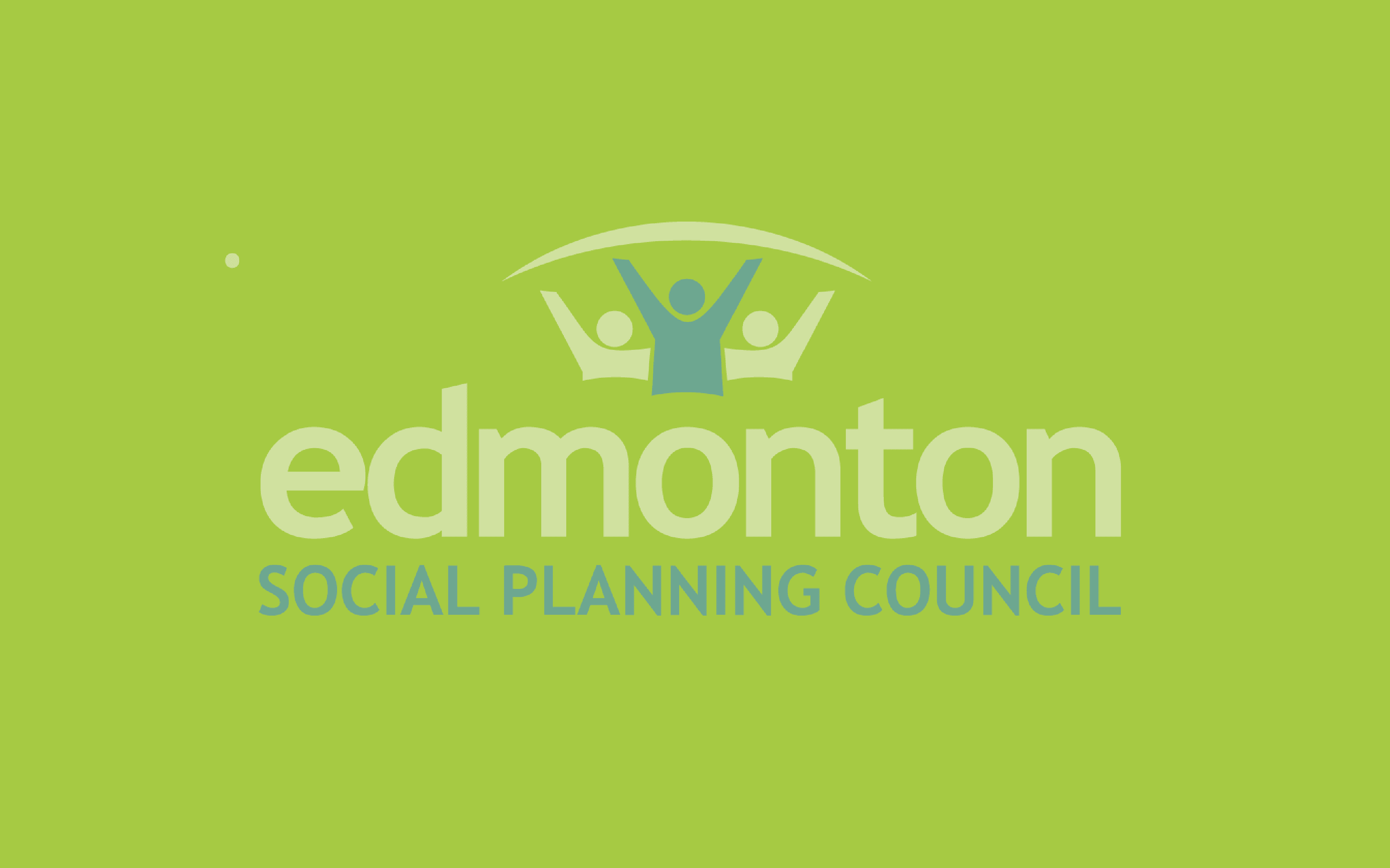[et_pb_section fb_built=”1″ _builder_version=”4.7.0″ custom_margin=”0px||0px||false|false” custom_padding=”0px||0px||false|false” global_colors_info=”{}”][et_pb_row column_structure=”3_4,1_4″ use_custom_gutter=”on” gutter_width=”2″ _builder_version=”4.7.7″ _module_preset=”default” width=”100%” custom_margin=”0px||||false|false” custom_padding=”0px||0px||false|false” border_width_bottom=”1px” border_color_bottom=”#a6c942″ global_colors_info=”{}”][et_pb_column type=”3_4″ _builder_version=”4.7.0″ _module_preset=”default” global_colors_info=”{}”][et_pb_post_title meta=”off” featured_image=”off” _builder_version=”4.7.4″ _module_preset=”default” title_font=”||||||||” custom_margin=”||3px|||” border_color_bottom=”#a6c942″ global_colors_info=”{}”][/et_pb_post_title][/et_pb_column][et_pb_column type=”1_4″ _builder_version=”4.7.0″ _module_preset=”default” global_colors_info=”{}”][et_pb_image src=”https://edmontonsocialplanning.ca/wp-content/uploads/2020/12/COLOUR-BLOCKS_spaced-300×51.png” title_text=”COLOUR BLOCKS_spaced” align=”center” _builder_version=”4.7.7″ _module_preset=”default” max_width=”100%” max_height=”75px” custom_margin=”0px|0px|0px|0px|false|false” custom_padding=”10px|0px|20px|0px|false|false” global_module=”96648″ global_colors_info=”{}”][/et_pb_image][/et_pb_column][/et_pb_row][et_pb_row column_structure=”3_4,1_4″ use_custom_gutter=”on” gutter_width=”2″ make_equal=”on” _builder_version=”4.7.7″ background_size=”initial” background_position=”top_left” background_repeat=”repeat” width=”100%” custom_margin=”0px|auto|0px|auto|false|false” custom_padding=”30px|0px|0px|0px|false|false” global_colors_info=”{}”][et_pb_column type=”3_4″ _builder_version=”4.5.6″ custom_padding=”0px|0px|0px|0px|false|false” global_colors_info=”{}” custom_padding__hover=”|||”][et_pb_text _builder_version=”4.7.5″ _dynamic_attributes=”content” _module_preset=”default” text_font=”|600|||||||” text_text_color=”#2b303a” custom_padding=”||32px|||” global_colors_info=”{}”]@ET-DC@eyJkeW5hbWljIjp0cnVlLCJjb250ZW50IjoicG9zdF9kYXRlIiwic2V0dGluZ3MiOnsiYmVmb3JlIjoiIiwiYWZ0ZXIiOiIiLCJkYXRlX2Zvcm1hdCI6ImRlZmF1bHQiLCJjdXN0b21fZGF0ZV9mb3JtYXQiOiIifX0=@[/et_pb_text][et_pb_text _builder_version=”4.10.8″ text_text_color=”#2b303a” text_line_height=”1.6em” header_2_font=”||||||||” header_2_text_color=”#008ac1″ header_2_font_size=”24px” background_size=”initial” background_position=”top_left” background_repeat=”repeat” text_orientation=”justified” width=”100%” module_alignment=”left” custom_margin=”0px|0px|0px|0px|false|false” custom_padding=”25px||||false|false” hover_enabled=”0″ locked=”off” global_colors_info=”{}” sticky_enabled=”0″]
Note: this op-ed was originally published in the Edmonton Journal on September 23, 2021.
By Jeff Bisanz, Jennifer Fischer-Summers, and Brett Lambert
Child care became a ballot box issue for the federal election. With the Liberals proposing a national early learning and child-care plan as part of the 2021 federal budget, a lot is at stake. The proposal is to build a national system that is both high-quality and affordable for Canadian families, with the goal to reduce fees to $10 per day within five years. Universal child care has many benefits for families and children, including improved educational outcomes, increases in women’s employment and income, and reduction in social and economic inequities. Eight provinces and territories have reached an agreement with the federal government. Alberta is not yet one of them.
With all the attention focused on the federal campaign, it can be easy to lose sight of the fact that child care should also be a ballot-box issue for the upcoming municipal election. Edmonton’s city council and school boards have a lot to contribute within their authority that can build on the federal proposal and enable a universal system to work within our local context.
The Edmonton Social Planning Council, together with the Edmonton Council for Early Learning and Care, recently held virtual events with expert panelists that shed light on the benefits of universal child care and what city council and school boards can do to further this cause.
Child care is an economic and social priority for Edmonton. EndPovertyEdmonton names affordable, quality child care as one of six game-changers for eliminating poverty. The Edmonton City Plan supports enabling accessible child care throughout the city. The Edmonton Economic Action Plan promotes affordable, accessible, high-quality, and inclusive early learning and care. While Edmonton is moving in the right direction, more can be done.
Edmonton could introduce a municipal early learning and care policy as a formal commitment, akin to what exists in other cities such as Burnaby and Richmond. Edmonton could then develop a city-level strategy and action plan, similar to what Jasper is currently undertaking. Edmonton can also follow the lead of Lethbridge by advocating to senior levels of government.
Establishing and facilitating partnerships between governments, school boards, and community is key to addressing barriers related to child care in Edmonton. Co-ordinating use of publicly funded facilities can help address capacity issues, such as creating dedicated spaces in city-owned facilities and public schools. Supporting high-quality demonstration centres can help early childhood educators be more culturally responsive to the needs of Indigenous, immigrant, and refugee families.
Municipalities control land use, zoning, and neighbourhood development. To ensure that Edmonton grows as a connected, adaptable, and livable city, child care must be located near where people live, work, and learn. The City of Edmonton has the authority to co-ordinate local planning, management, and support for child care. Child care needs must be integrated into current and future city planning. Strategic linkages between municipal goals and child-care priorities would enable the City of Edmonton to work effectively toward a coherent vision for children, families, and communities.
School boards provide free programming, funded by Alberta Education, for some preschool children who need preventive support to prepare for school entry. This service helps to prepare these children for later success in school and beyond. School boards can do more in partnership with city and provincial governments. They can share data so that child-care needs can be anticipated and addressed in a resourceful way. They can collaborate to ensure high-quality programming and mutually beneficial professional development for early childhood educators. Schools can partner with child care providers to co-ordinate services so that children can experience continuity of care, and needs can be met for inclusive and culturally sensitive learning environments.
Building an integrated system of early learning and care that is high-quality, affordable, accessible, inclusive, and flexible will require co-ordination at all levels of government. Municipalities and school boards are integral to ensuring that an emerging system of universal child care will be implemented to meet the particular needs of our communities.
Voters would be well-served to ask candidates running for mayor, city councillor, and school board trustee how they will work with senior levels of governments toward building a universal, affordable, and inclusive child-care system.
Jeff Bisanz is Co-Chair of the Edmonton Council for Early Learning and Care.
Jennifer Fischer-Summers is Research Assistant at the Community-University Partnership for the Study of Children, Youth, and Families.
Brett Lambert is Community Engagement Coordinator of the Edmonton Social Planning Council.
[/et_pb_text][/et_pb_column][et_pb_column type=”1_4″ _builder_version=”4.7.4″ custom_padding=”0px|20px|0px|20px|false|false” border_color_left=”#a6c942″ global_colors_info=”{}” custom_padding__hover=”|||”][et_pb_testimonial author=”Posted by:” job_title=”@ET-DC@eyJkeW5hbWljIjp0cnVlLCJjb250ZW50IjoicG9zdF9hdXRob3IiLCJzZXR0aW5ncyI6eyJiZWZvcmUiOiIiLCJhZnRlciI6IiIsIm5hbWVfZm9ybWF0IjoiZGlzcGxheV9uYW1lIiwibGluayI6Im9uIiwibGlua19kZXN0aW5hdGlvbiI6ImF1dGhvcl93ZWJzaXRlIn19@” portrait_url=”@ET-DC@eyJkeW5hbWljIjp0cnVlLCJjb250ZW50IjoicG9zdF9hdXRob3JfcHJvZmlsZV9waWN0dXJlIiwic2V0dGluZ3MiOnt9fQ==@” quote_icon=”off” portrait_width=”125px” portrait_height=”125px” disabled_on=”on|off|off” _builder_version=”4.7.7″ _dynamic_attributes=”job_title,portrait_url” _module_preset=”default” body_text_color=”#000000″ author_font=”||||||||” author_text_align=”center” author_text_color=”#008ac1″ position_font=”||||||||” position_text_color=”#000000″ company_text_color=”#000000″ background_color=”#ffffff” text_orientation=”center” module_alignment=”center” custom_margin=”0px|0px|4px|0px|false|false” custom_padding=”32px|0px|0px|0px|false|false” global_colors_info=”{}”][/et_pb_testimonial][et_pb_text disabled_on=”on|off|off” _builder_version=”4.7.7″ _dynamic_attributes=”content” _module_preset=”default” text_text_color=”#000000″ header_text_align=”left” header_text_color=”rgba(0,0,0,0.65)” header_font_size=”20px” text_orientation=”center” custom_margin=”||50px|||” custom_padding=”48px|||||” global_colors_info=”{}”]@ET-DC@eyJkeW5hbWljIjp0cnVlLCJjb250ZW50IjoicG9zdF9jYXRlZ29yaWVzIiwic2V0dGluZ3MiOnsiYmVmb3JlIjoiUmVsYXRlZCBjYXRlZ29yaWVzOiAgIiwiYWZ0ZXIiOiIiLCJsaW5rX3RvX3Rlcm1fcGFnZSI6Im9uIiwic2VwYXJhdG9yIjoiIHwgIiwiY2F0ZWdvcnlfdHlwZSI6ImNhdGVnb3J5In19@[/et_pb_text][/et_pb_column][/et_pb_row][/et_pb_section]






